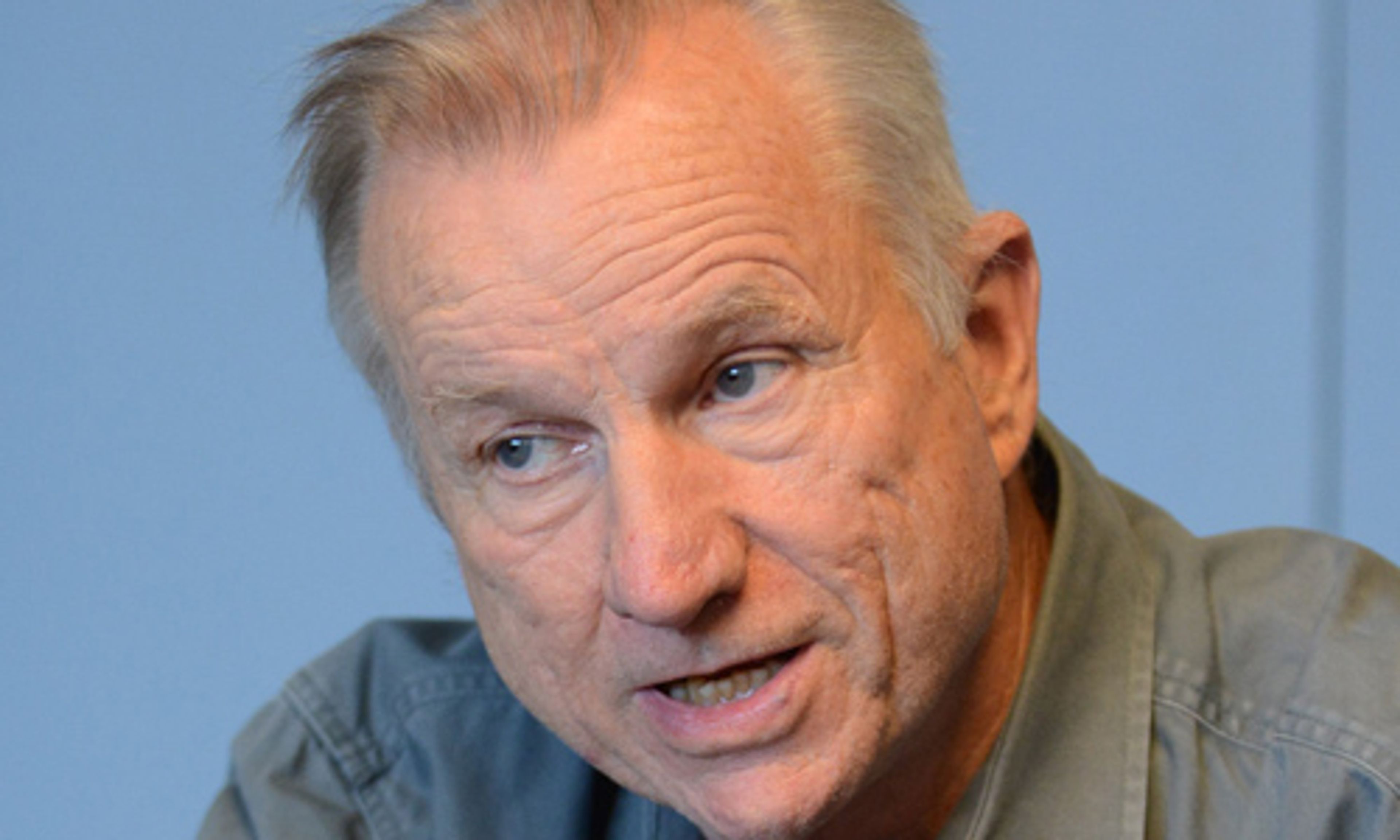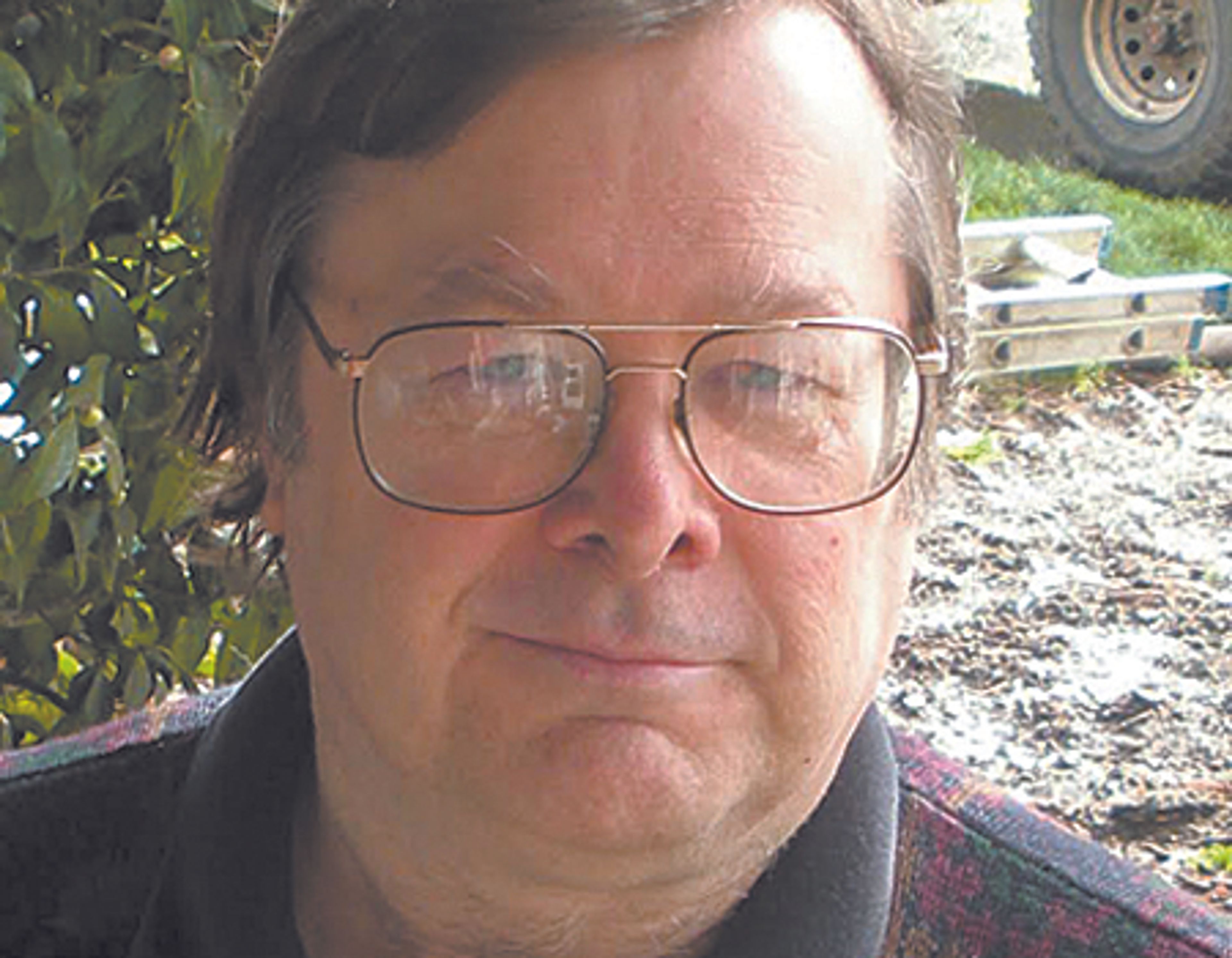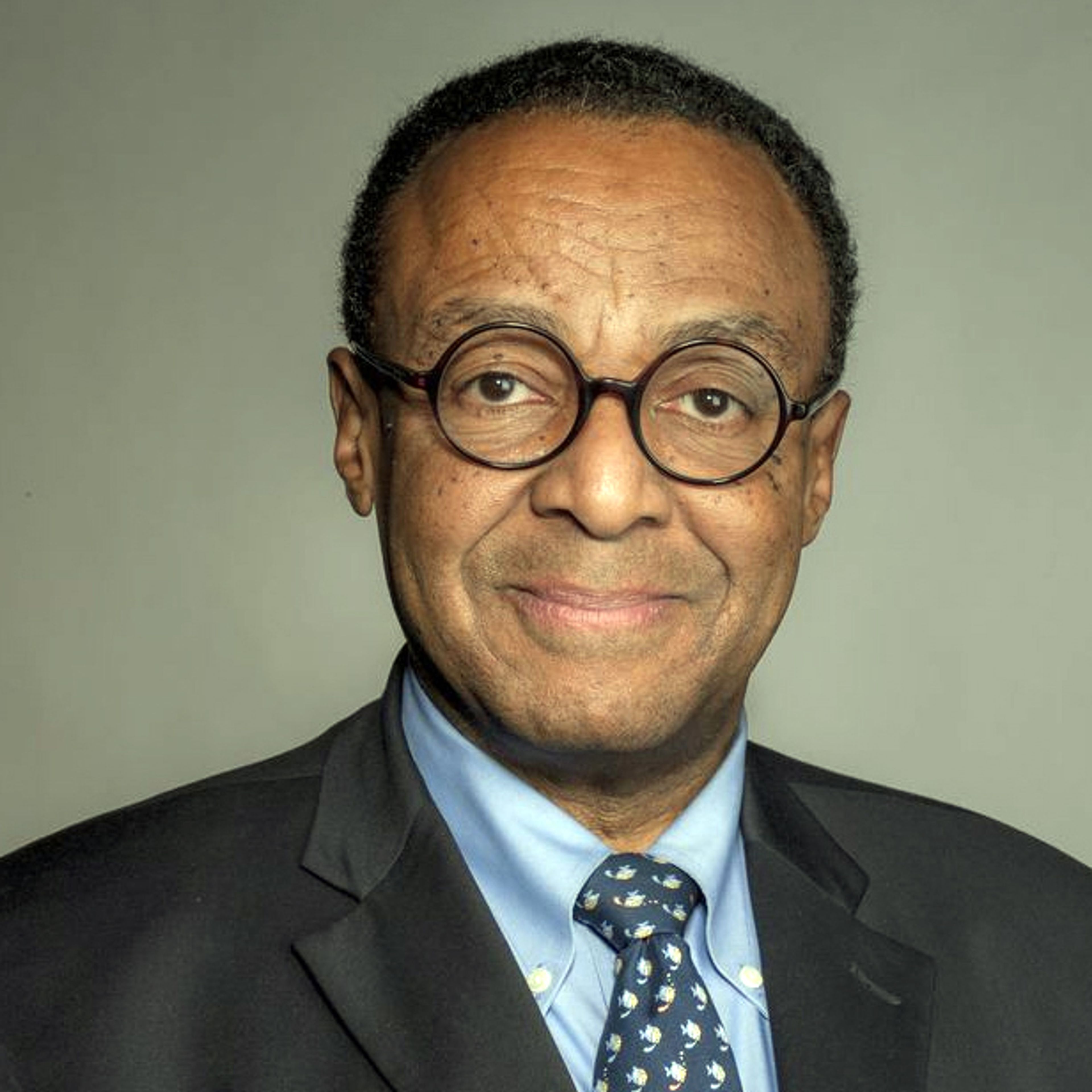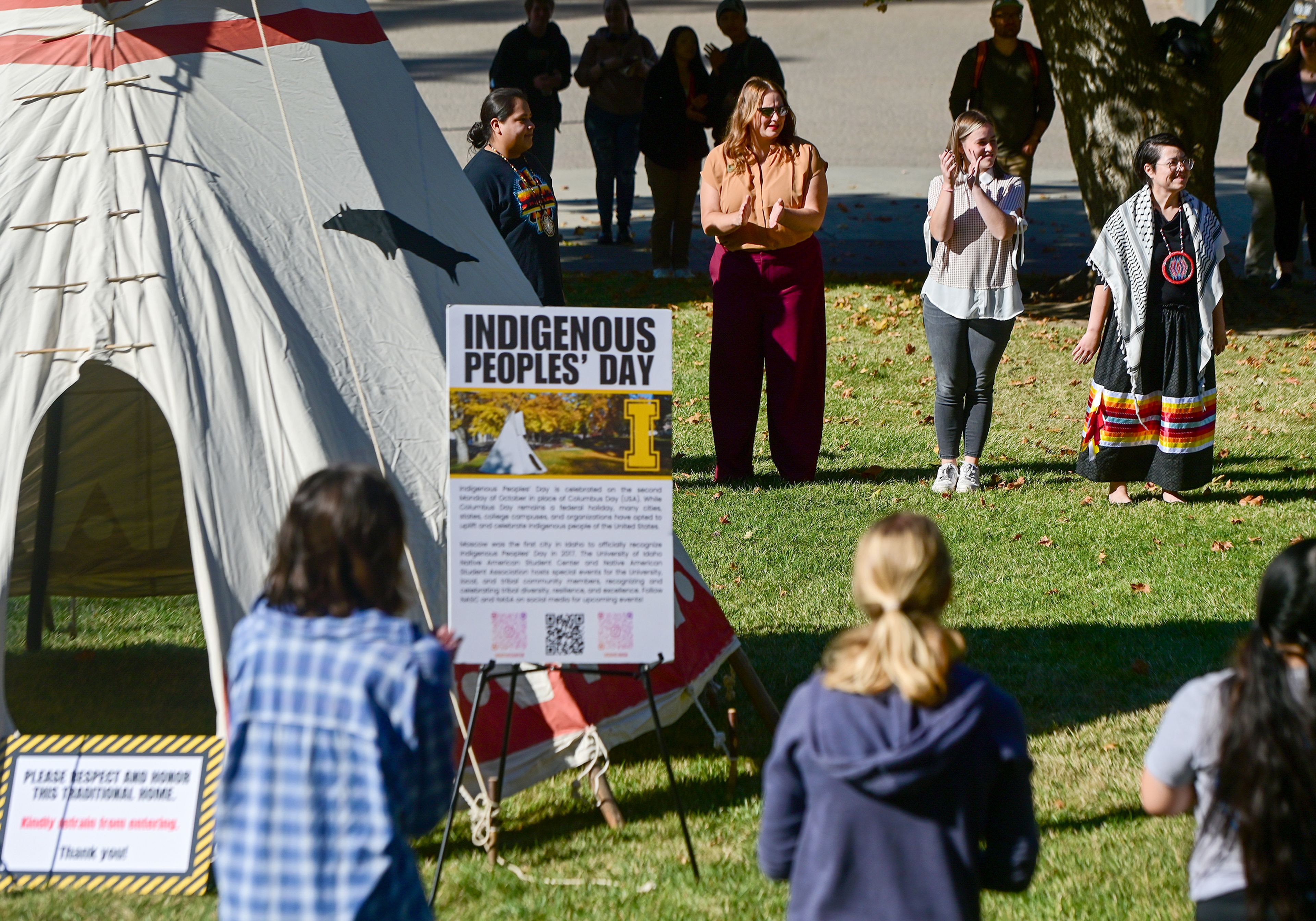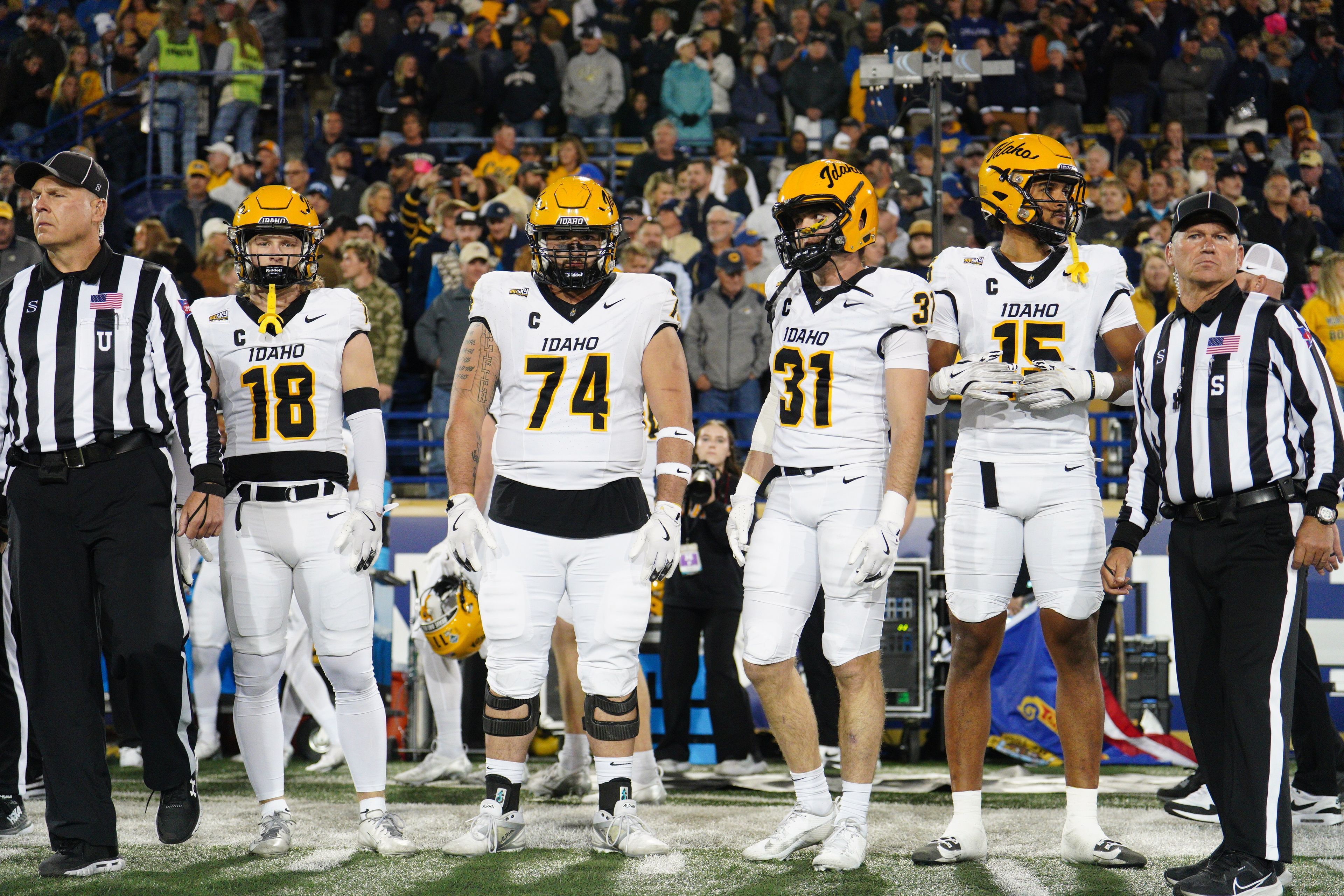Fifty years ago, a kid from the state of Idaho who wanted to be a physician was in a bind.
The Gem State could not afford to build its own medical school.
And other states that had made such an investment were reluctant to share.
“When I interviewed at the University of Oregon, ... they flat out told me that they were under pressure not to accept out-of-state students because of the money (the state) spent on the medical school,” Jay Hunter told the Lewiston Tribune’s Rachel Sun.” They told me that I wouldn’t get into medical school and to apply again next year to more schools. (That) I applied to five and I should have applied to at least 10.”
Ted Epplerly had the same challenge.
“I was kind of a kid without a medical school, coming from a state like Idaho that didn’t have one,” he told Sun. “And friends of mine from other states who did (have a medical school) were facing a lot easier time of pursuing their dreams.”
Idaho couldn’t afford to build a medical school. So it did the next best thing: It transformed the University of Washington medical school — or at least a share of it — into Idaho’s program. Along with other states — which now include Wyoming, Alaska and Montana — it would reserve 40 seats for Idaho students. They would pay in-state tuition and taxpayers would make up the difference.
It worked. As Sun noted, Drs. Hunter, Epperly and Francis Spain completed their studies and returned to practice in Lewiston, Boise and Moscow, respectively.
They were not alone.
Of the 689 WWAMI-trained Idaho doctors, 341 — 49.9% — work in Idaho. Nationally, you’d expect the rate of return to be lower. On average, about 39% of medical school graduates return to practice in their home states.
Producing doctors for an underserved rural state was the intent.
But every bit as important was allowing Idaho kids to pursue their dreams — something the Idaho Legislature conveniently forgot.
Earlier this year, spurred on by House Majority Leader Mike Moyle, R-Star, Idaho lawmakers changed the rules. Any Idaho medical student who attended WWAMI — or an equivalent program offered through the University of Utah medical school — must sign a contract. Return to Idaho and practice for at least four years — or reimburse the money Idaho contributed toward their medical education. In the case of WWAMI, that comes to more than $43,000 a year; at Utah, it’s $53,100.
All of which is fine if someone intends on pursuing family medicine or a field with plenty of opportunities within the Gem State.
Suppose, however, an Idaho student studying medicine in Seattle discovers she’s genuinely skilled at clinical research. Where in Idaho does she go?
Or another Idaho student shows talent in a specialized field — say an endocrinologist who works with disorders of the thyroid gland. He may not find many opportunities in a rural state.
Do they compromise by pursuing an aspect of medical study that lends itself to work in Idaho — even if they’re not passionate about it? That might deprive someone else in the country of a medical breakthrough and specialized care.
Or do these students opt to attend medical school where they’re not subject to a contract and may never return to work in their home state?
How about their parents? They have paid state taxes all these years, only to be told their children must submit to the will of the Legislature to pursue their dreams?
We don’t ask that of engineers who graduate from state schools in Pocatello, Boise or Moscow. They’re free to work in Idaho — or anywhere else — without returning what taxpayers invested in their education.
We don’t ask that of lawyers, who, after graduating from the University of Idaho law school, are free to work where ever their talents and interests take them.
That’s true for any number of fields —teaching, agricultural research, nursing.
How long before the Legislature shackles them to a binding contract? Since when did the Idaho Legislature reduce each generation’s hopes and dreams to a profit-and-loss column? — M.T.
